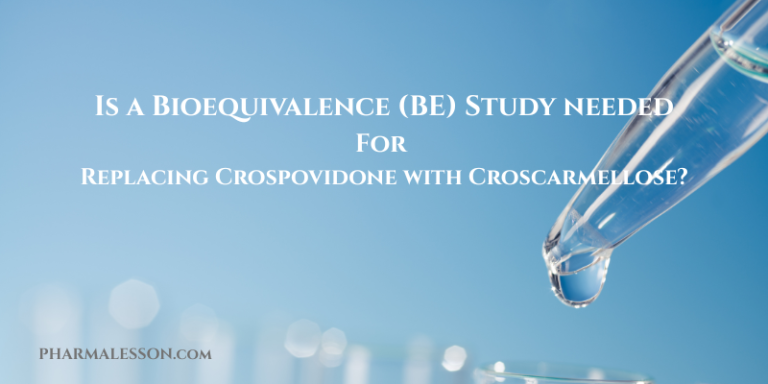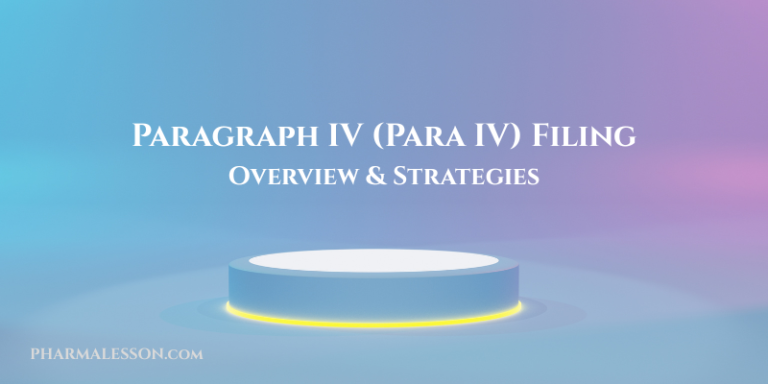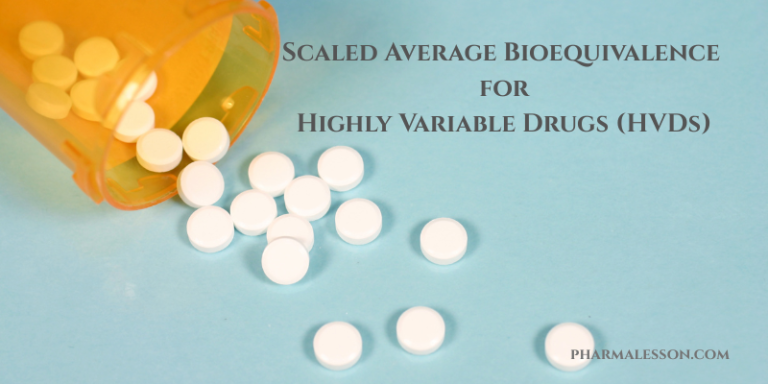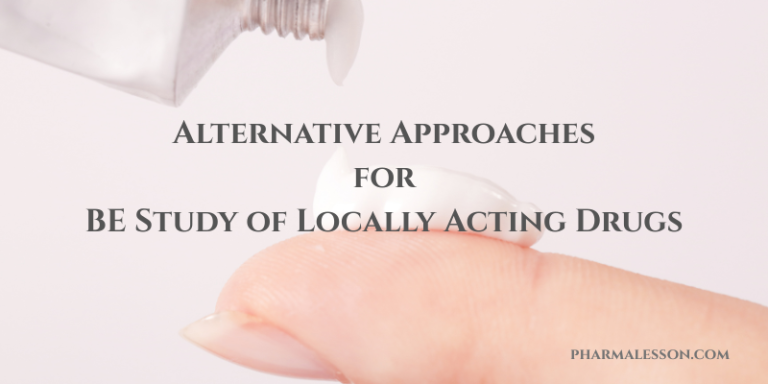Is a Bioequivalence (BE) Study Needed When Replacing Crospovidone with Croscarmellose?
A BE study may or may not be required, depending on several factors. Here’s a structured approach to determine whether regulatory agencies like the FDA or EMA would require a BE study for this type of qualitative formulation change: Regulatory Perspective on Excipients in Bioequivalence Regulatory agencies consider excipients when evaluating bioequivalence, especially when they…






